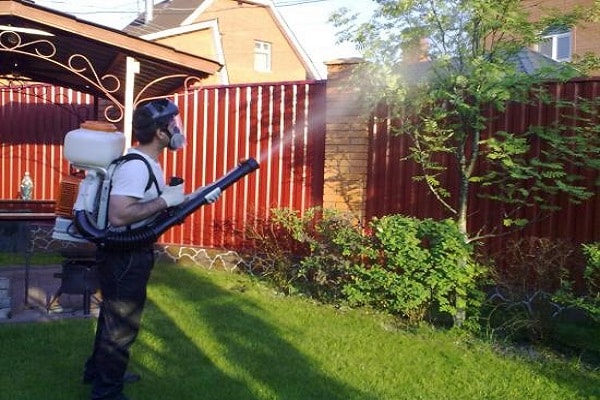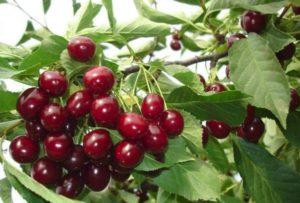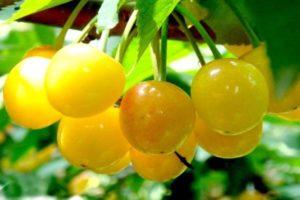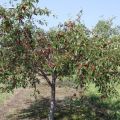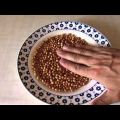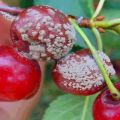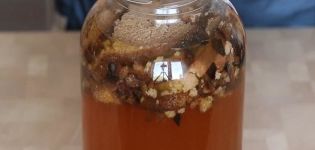The best varieties of cherries for growing in the Moscow region, planting and care
Berries grown on the site, this is confidence in their absolute benefits. The only difficulty is the correct selection of the species. What kind of sweet cherry is suitable for the Moscow region. What characteristics of the variety must be considered in order to obtain the declared yield. These questions are asked by summer residents who have decided plant cherries.
Climatic conditions of the area
The peculiarities of the climate of the Moscow region do not provide for the cultivation of fruit trees. But thanks to the work of breeders, species acclimatized for the area appear.
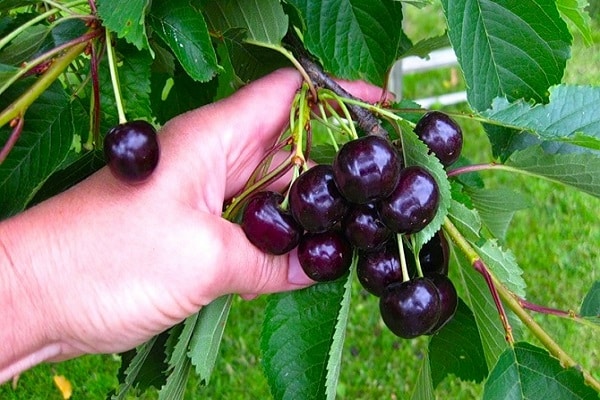
Climatic features of the region:
- There is a big difference between the temperature in winter and summer.
- A decrease in temperature in winter, reaching -35 ⁰С.
- Winter with little snow.
- The contrast of the weather, a sharp change from heat to cool.
Currently, there are many varieties that are adapted to such conditions. The trees are able to withstand even the harshest weather.
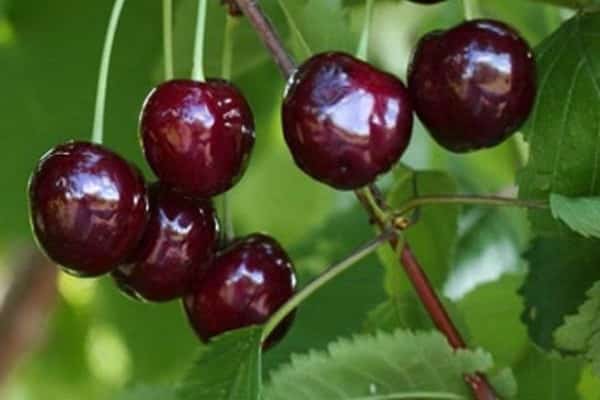
Requirements for varieties
To successfully grow trees in the garden of the Moscow Region, you need to take into account some of the subtleties in choosing a species.
External parameters
You should not grow trees that have some external parameters. Tall cherries freeze. Fruit buds are especially dangerous, the death of which will lead to loss of yield.
Fit columnar cherry, the size of an adult plant is small, and the yield does not decrease from this. In addition, summer residents of the Moscow region are trying to pick up undersized varieties. They also won't freeze in winter.

Frost resistance
Since cherries are grown outdoors, one should not expect any variety to withstand the harsh drops in temperature during the winter. Breeders working on the breeding of acclimatized varieties focus on the degree of frost resistance of the tree.
They are trying to create winter-hardy species that can easily endure the winter near Moscow. But for reliability, summer residents still cover the trees for the cold season.

Self-pollination
There are very few self-harvested cherry species, but they still exist. The rapidly changing weather in the Moscow region in spring often opposes the successful work of insects. Self-fertile cherries give a stable harvest, regardless of the vagaries of nature.
Immunity to diseases and pests
The higher the field health of a plant, the greater its popularity. It is advisable to select varieties that are resistant to coccomycosis, moniliosis and other fungal diseases.This is due to the fact that the climate of the Moscow region is humid, and therefore the plants suffer precisely from these diseases.

The best varieties for the region
They choose a variety of cherries that meets all the listed requirements. Breeders have developed varieties that, in a changeable climate, are capable of producing the declared yield.
Jealous
The relatively short trees form a crown that, with proper care, does not block out sunlight. Forms ovaries well, fruits have excellent sweet taste. The maximum berry weight is 8 g. It is not difficult to separate the stone, which plays an important role for those who grow cherries for processing.
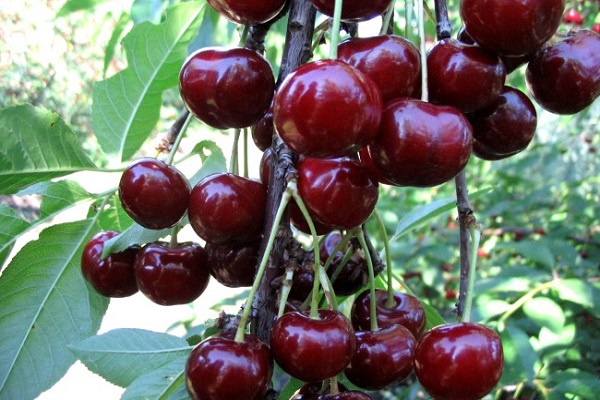
With annual pruning and proper formation of a fruit tree, it gives the first harvest in the 4th-5th year. The berry is almost black. The tasters rate the taste at 4.9 points.
The features of the variety include high resistance to diseases and frost resistance. Fruit buds can withstand slight and short spring temperature drops. Does not require special personal care.

Narodnaya Subarova
A very tall and powerful tree. The size of an adult plant reaches 6 m. The branches help to withstand even in strong winds, they perfectly withstand a large amount of snow on the branches. The fruits are sweet in taste, large, red in color. One berry weighs 6 g. Subject to the requirements of agricultural technology, up to 55 kg of berries are harvested from one tree.
Fruiting occurs in the 4th year after planting the seedling. Cherry belongs to self-pollinated varieties, therefore it does not need pollinators. It bears fruit every year, there are no breaks.
The tree is winter-hardy, resists coccomycosis. It is not resistant to drought, therefore it requires regular watering.

Iput
The height of the tree reaches 3.5 m. Fruiting begins at the age of 4-5 years of the seedling. The shade of the fruit is almost black. With proper care, the weight of 1 berry reaches 9 g. Tasters give a taste rating of 4.5 points. The disadvantage of the variety is that it is difficult to separate the bone from the pulp. The harvest volume of an adult tree is 50 kg.
The tree is resistant to:
- frost;
- drought;
- diseases;
- to the wind.
Whole cherries carefully removed from the tree are perfectly transported without losing their appearance. To increase yields, planting is required in the immediate vicinity of pollinating varieties.
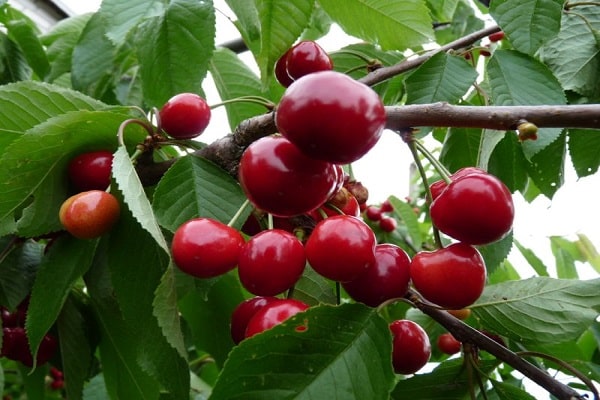
Ovstuzhenka
The vitamin composition of fruits satisfies almost half of the daily human needs. The tree grows up to 3 m and is partially self-fertile. Therefore, in the absence of pollinators, the crop is still formed.
The variety is early ripening, withstands the most severe frosts down to -45 ⁰С. The yield of an adult plant is 30 kg per tree. The weight of the dark red fruit reaches 7 g. The stone is easily separated from the pulp.
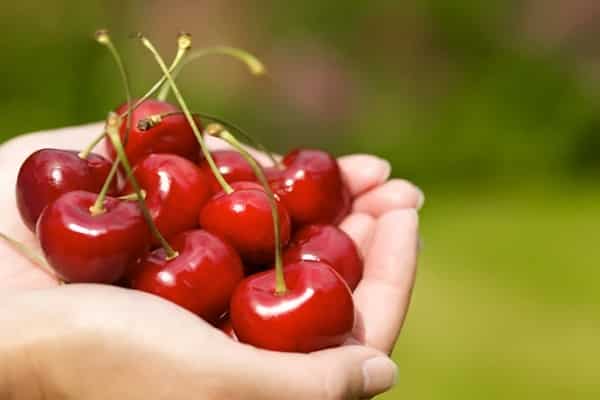
To extend the shelf life of the berries, it is recommended to collect them together with the stalks.
Many summer residents grow the variety for fresh consumption, but the fruits are also suitable for processing.
Breeders guarantee resistance to fungal diseases. But if there are other stone fruit trees in the garden, it is recommended to carry out preventive treatment.
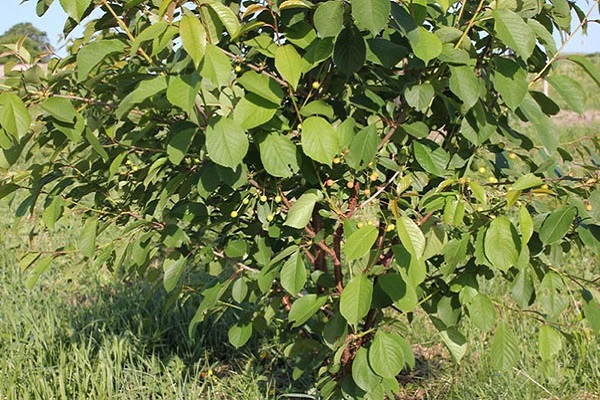
Household Yellow
The fruits of this cherry are yellow, it is also clear from the name of the variety. The benefit of this berry color is that birds peck it less.
The taste is excellent, sweet with sourness. A rare summer resident uses cherries for processing, as it has a dessert purpose. That is, it is used only fresh.
The first fruits grow in the 6th year after planting the seedling. The yield of an adult plant reaches 25-30 kg per tree.
Both the tree and the fruit buds are frost-resistant. The plant is early ripening, so it is not afraid of pest attacks.

Valery Chkalov
This cherry variety was bred in 1970, but despite this, to this day it is in demand among summer residents. The tree is not tall, which greatly facilitates the work of harvesting.
1 berry weighs 8 g, the stone is poorly separated from the pulp. This significantly complicates its processing. The main purpose of the fruit is dessert, but this does not prevent housewives from using it for making jams, jams, pastries and other culinary delights.

The yield is 20-25 kg of berries from one tree. Compliance with all planting norms, subtleties of care allows you to increase the number of fruits. The tree is resistant to frost, tolerates winters near Moscow.
Pollinators planted in the immediate vicinity will help to significantly increase the yield. The variety is unstable to diseases, therefore, timely preventive treatment is required.

Chermashnaya
Yellow cherry is resistant to cracking of berries during prolonged rains. Trees of this variety are less capricious and unpretentious to care for.
These are not dwarf trees, Chermashnaya cherry grows up to 5 m. Fruit weight reaches 4.5 g. Taste characteristics are excellent. The berry is sweet, practically without acidity. According to tasters, the fruits received 4.4 points.
Begins to bear fruit for the first time in the 5th year after planting in a permanent place. The yield from 1 tree is 12 kg.
Winter hardiness fully meets the requirements of the climatic conditions of the Moscow region. Sweet cherry is resistant to coccomycosis, moniliosis.

Rules for planting and caring for cherries
Each crop has certain growing characteristics, taking into account which the gardener copes with any difficulties when planting. Particular attention should be paid to the choice of place, the subtleties of planting a seedling, the right timing.
Do not forget about feeding the growing tree. Mulching will help keep soil moisture longer. Loosening after each watering will provide oxygen access to the roots.
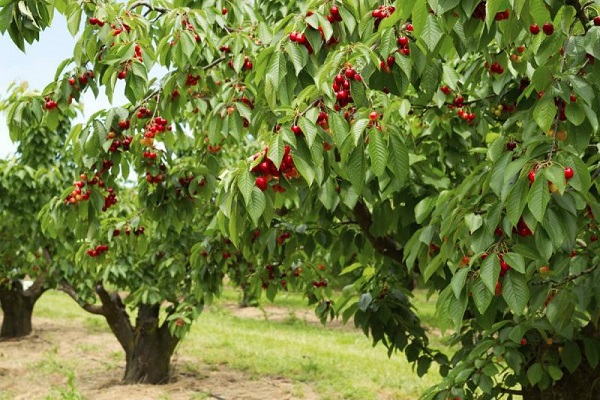
Planting seedlings
The best time to plant cherries in the Moscow region is spring. During the season, the plant will get stronger and winter well. A landing site is chosen, preferably a well-lit area, protected from wind and draft. In the spring, before the buds appear, the plant is planted in the ground. In the summer, he is looked after and prepared for winter.
The tree planting scheme depends on the variety, tall species are planted at a distance of 3-3.5 m from each other, dwarf, columnar and low-growing cherries are planted at a distance of 2-2.5 m.
Sweet cherry is a very delicate plant, it requires special care and all the necessary care techniques.
Wells for planting are prepared in advance, preferably in the fall. Backfill soil is mixed with humus and complex mineral fertilizers.
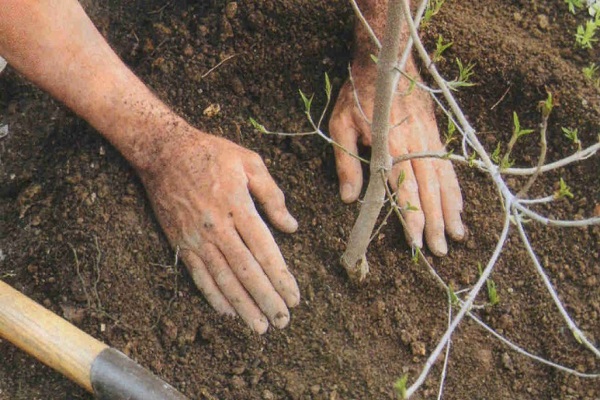
Fertilization and watering
The plant is watered regularly, presumably 2 times a month. If the weather is hot, then the number of waterings is increased, irrigating the near-trunk circle every 9-10 days.
Fertilizers for cherries are necessary in spring for the growth and formation of fruits; nitrogen fertilizers and urea are used. In the fall, humus is introduced before wintering to improve winter hardiness and nutrition.

Trimming and forming
Crown formation is a mandatory process for all fruit trees, it helps to increase yields, resistance to diseases and pests.
Sweet cherries are formed every spring and autumn, cut off parts of the plant are used for grafting. But only if the characteristics of the plant satisfy the gardener, and he wants to propagate the variety on the site. Then the branches are fixed on the stock and a new full-fledged tree is grown, which gives a crop.
Pruning is also sanitary, it is carried out at any time, deformed, dried and diseased parts of plants are removed.
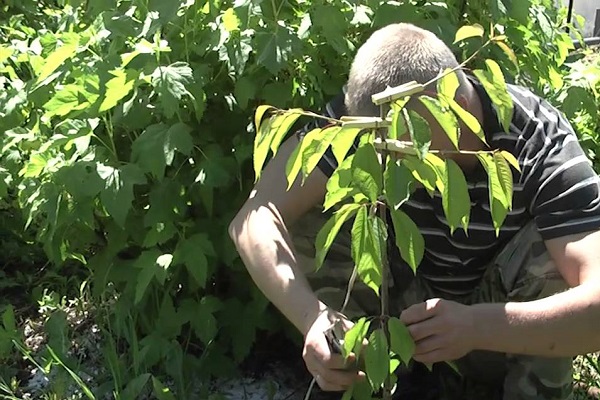
Treatment
Treatment of plants from pests and diseases will help to save and increase the yield.Even if the variety is immune to disease, preventive measures will not interfere. If cherries are treated with chemicals correctly and in a timely manner, it will fight pathogens.
Trees are treated in autumn to improve winter hardiness. Replenishment with complex mineral fertilizers will help replenish the supply of nutrients and endure the harsh winters of the Moscow region. Gardeners recommend treating cherries with Bordeaux liquid.
The cultivation of cherries in the climatic features of the Moscow region is quite possible. A novice summer resident, just like an experienced gardener, can do this without any effort. It is important to choose a variety and take proper care.
